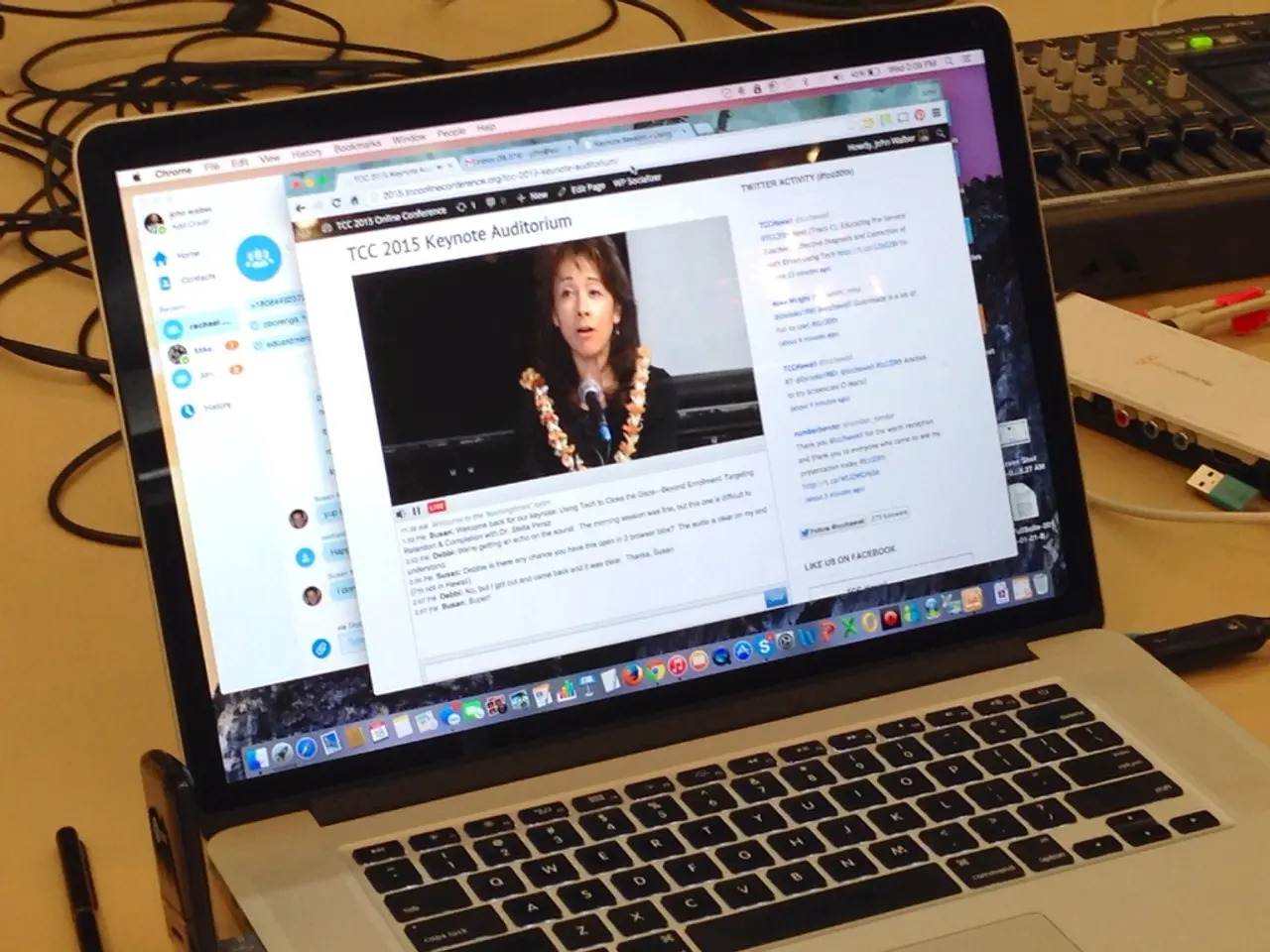UI/UX Flow Insights Gleaned from Puzzle Game Experiences
In the realm of digital entertainment, puzzle games have long been celebrated for their engaging user experiences (UX). These games, even free browser games, can teach valuable lessons about UI flow that can be applied effectively to web applications.
Take, for example, Arkadium, a platform offering free online games. During testing sessions, it stood out for prioritizing flow over flash, a testament to its intuitive interface design.
Clarity and Simplicity in Entry Points
Puzzle games keep starting points obvious, minimizing user confusion about where to begin. This principle translates to web apps by designing clean, clear navigation and reducing competing calls to action on homepages.
Immediate Feedback
Every interaction in puzzle games triggers an instant, visible response. This immediate feedback reassures the user their action was registered, reducing frustration. Web apps can adopt this by providing real-time feedback on toggles, filters, drag-and-drop actions, or form inputs, avoiding unclear loading states or delays.
Progressive Learning Through Exploration and Failure
Instead of lengthy tutorials, puzzle games often let users learn by doing—failing and retrying intuitively builds understanding and skill. This approach can improve web app onboarding by privileging exploration and interaction over intrusive pop-ups or extensive instructions.
Consistent and Predictable System Rules
Good puzzle games use a consistent simulation or ruleset that users can understand and predict, which deepens immersion and trust. Web apps can use consistent design patterns and interaction logic to build user confidence and reduce cognitive load.
Controlled Cognitive Load with Visual Clarity
Puzzle game UIs emphasize minimal visual clutter and clean interfaces, helping players focus on the challenge without overwhelming distractions. Applying this to web apps involves designing interfaces that highlight key actions, organize content logically, and avoid overload.
Managing Response Time Deliberately
While fast response time is usually optimal, puzzle games like Angry Birds show that pacing UI responses thoughtfully can enhance engagement by allowing users to build mental models and experience increasing complexity comfortably.
Player/User Agency and Meaningful Choices
Puzzle games design mechanics to give users meaningful decisions and freedom within clear constraints, fostering engagement and creative problem-solving. Web apps can benefit from designing interaction possibilities that empower users rather than restrict them unnecessarily.
Gamification Elements to Boost Motivation
Elements such as points, badges, and progress indicators motivate users by creating a sense of achievement and progression. Incorporating gamification in web apps can increase user engagement and satisfaction.
In essence, puzzle games teach that seamless UX emerges from guiding users confidently through simple, consistent systems that reward exploration and decisiveness with clear, timely feedback. The core loop in puzzle games is clear: one input, one challenge, one outcome. Small actions should be rewarded with progress bars, animations, or subtle confirmations. Puzzle games provide immediate feedback for user actions, enhancing trust. Design flows should teach through interaction, not explanation. Traditional onboarding methods often treat users like they need hand-holding, while puzzle games treat users like they're capable. Puzzle games let users fail without judgment. User entry points should be obvious. Design isn't about showing off, it's about staying out of the user's way. Good UX isn't always noticeable; it's something you never have to think about. No login walls or endless loading in clean, playable layouts. Feedback for user actions is non-negotiable. Trust the user and don't overcomplicate things.
In the world of web application development, principles learned from coding puzzle games can greatly enhance the user experience (UX). For instance, just like puzzle games, web apps can prioritize simplicity and clarity in entry points, making user navigation intuitive and reducing confusion.
Effective web apps can also benefit from immediate feedback in response to user actions, much like puzzle games do, fostering user confidence and minimizing frustration. This can be achieved through real-time feedback on interactions such as form inputs, toggles, or drag-and-drop actions.




